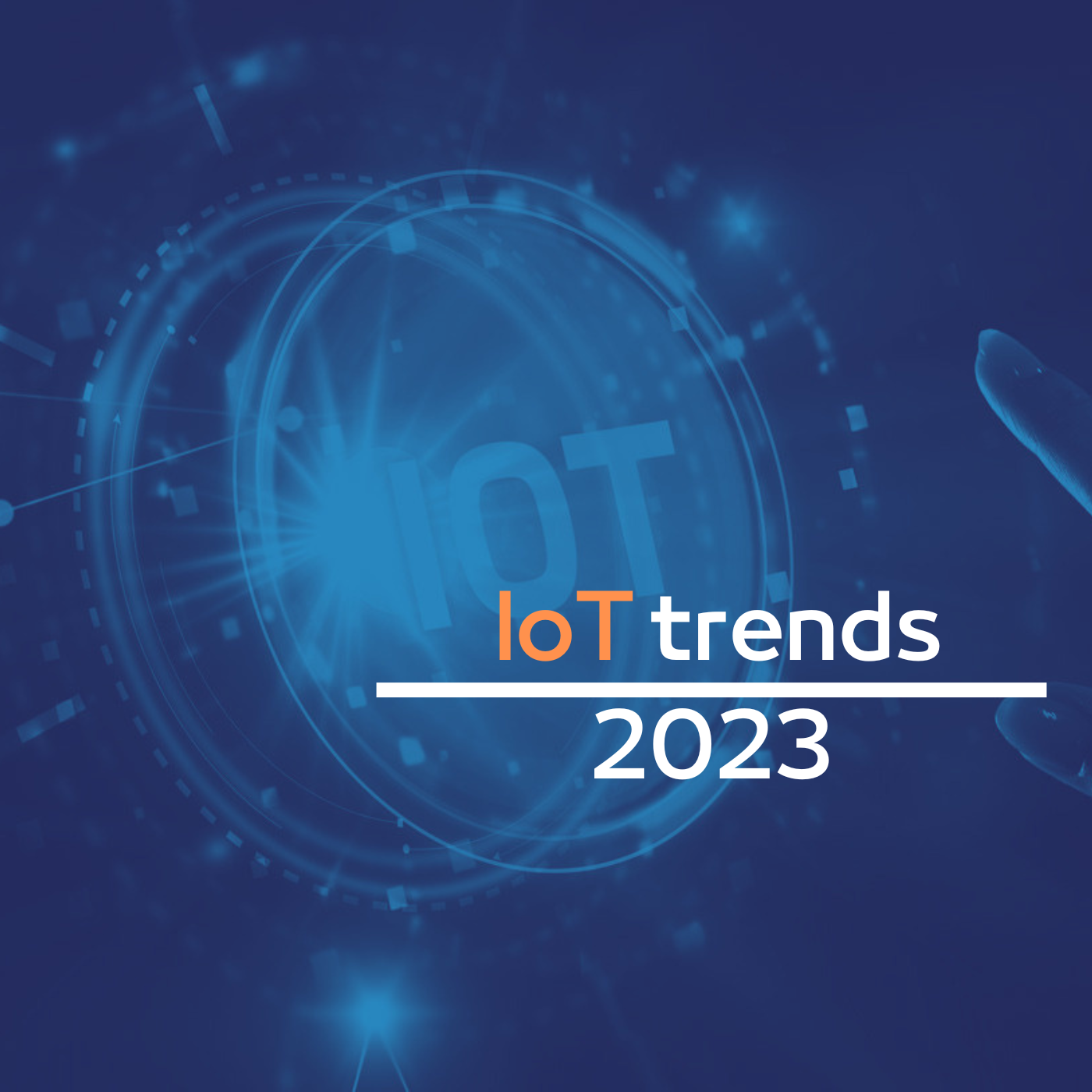Are the IoT Trends I predicted as “hot” in early 2022 still relevant in 2023? And more importantly, did they catch on? What about the 2023 trends for IoT, what will happen during 2023?
IoT trends for the coming year
In 2022 I predicted three trends for 2022, Me of Things, Health and Smart Sensors. I summarized these as follows.
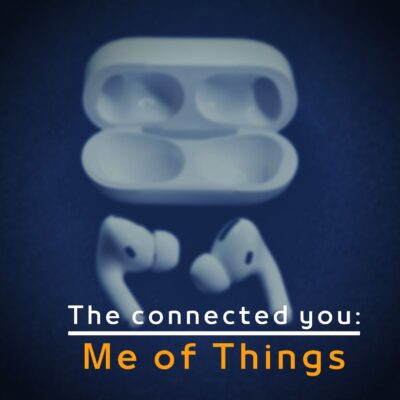 1. “Me of Things are sensors that you wear or will be in your vicinity. One example is sleep pattern sensors that can be embedded in your bed or pillow. The sensors help you understand your sleep patterns to help you sleep better. But they can also interact with other smart systems in your home. They can help optimize the climate in your bedroom or dim the lights on all your devices before bedtime. In the future, it will be able to tell Spotify which song to play next instead of just using an algorithm based on past playbacks.”
1. “Me of Things are sensors that you wear or will be in your vicinity. One example is sleep pattern sensors that can be embedded in your bed or pillow. The sensors help you understand your sleep patterns to help you sleep better. But they can also interact with other smart systems in your home. They can help optimize the climate in your bedroom or dim the lights on all your devices before bedtime. In the future, it will be able to tell Spotify which song to play next instead of just using an algorithm based on past playbacks.”
2. “Health, or smart sensors we wear to get better insights. Early warnings that something is not all great with our health is the most exciting market. Many health-related systems of today are only monitored by professionals and are aimed at patients. In the future, most people will wear these sensors to get early warnings.
Measuring air quality and focusing on clean air will be necessary for workplaces, public buildings, malls and public transportation.”
3. “Smart sensors that can make decisions at the edges of the network rather than sending everything to the cloud, but make informed decisions before data is passed on. The data they send is thus filtered out. There is no need to send unimportant and unnecessary data. The work on improvement has been going on for a while, but with new low-power processors, it’s finally possible. These sensors are getting smarter and will soon be equipped with AI. AI will allow the sensor to learn, for example, what type of machine it is connected to. And after it has analyzed the normal pattern of that machine, it can better understand anomalies to relay that indicate that things are not as they should be.”
So what happened?
In early 2022 the war in Ukraine struck. The war leads to a shift of focus. The above trends are still relevant, but more trends are now the focus in this fast-shifting market. Here is my trends list for 2023 in no particular order.
Smart sensors
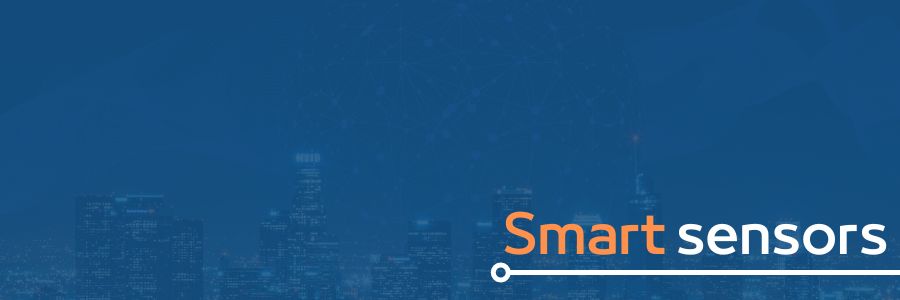
As I mentioned in last year’s predictions, Smart sensors are a key component of the IoT market moving forward. Smart sensors can filter data, act independently at the edge, and adapt to different situations. Their report on five trending sensor technologies (IoT Analytics) comes to the same conclusion. The #1 in the report is 1. Sensors are becoming smarter and can act as edge devices.
IoT Security and governance
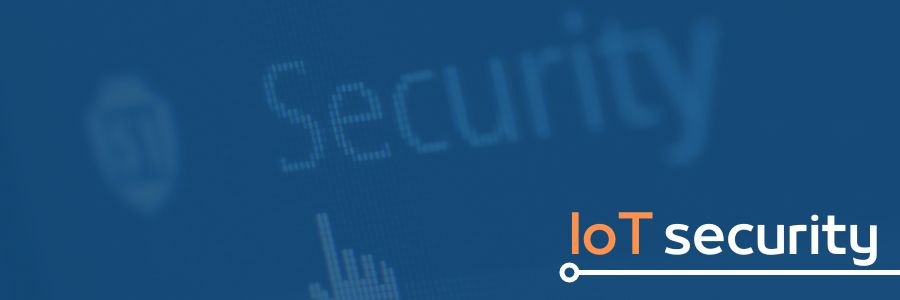
As a result of the crisis in Europe, security bumped up a couple of notches on the agenda (if it was not already at the top). I did write an article on the topic just a week ago, so feel free to read that post.
Governance will be inevitable in the IoT market. In the coming years, we will see countries forming policies for IoT and companies trying to streamline the technology with security still in mind.
In this year, 2023, the EU will most likely introduce legislation, a framework for manufacturers, integrators, operators and users of smart devices. We will probably see rules covering everything from how data can be collected, where data can be stored and what is expected from us to protect data integrity through the complete IoT ecosystem.
The Swedish civil contingencies agency also summarizes the risk in a clear and governmental way “The incentive to sell IoT devices in high volumes at a low price, coupled with limited power and computing capacity, also hampers the ability to provide good security. As a result, solutions are often insufficiently protected against unauthorized use.” You can find the full article here, altough just available in Swedish
Air quality

Air quality was a prediction for 2022 as a sub-category of health. It is super relevant for 2023, and I bet it can stand on its legs now. Air quality is a mass market application within Proptech. It is a niche where IoT can make a difference. It can improve health and help us identify potential risks of virus spread. It can also help us change our behaviour based on data (with IoT collecting data is easy, but changing human behaviour is hard).
Saving energy
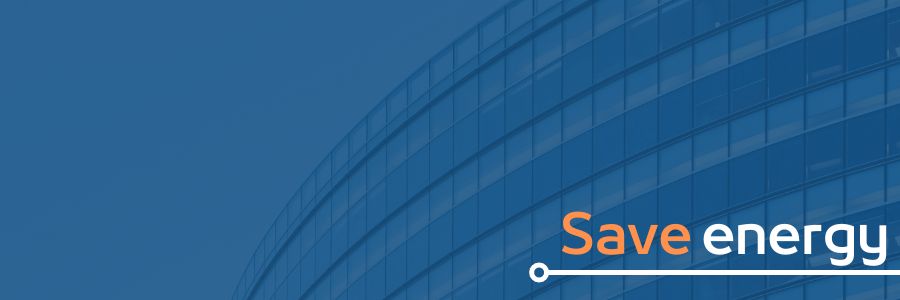
Another great market opportunity for IoT in 2023 is saving energy. With IoT, it is straightforward to measure temperature. Data can assist in optimizing behaviour, using energy at times of the day when it is cheaper. Many buildings can gain from retrofit IoT; more on this topic here. Both solar panels and EV chargers are connected nowadays. Saving energy is one of these applications where IoT is valuable and can handle tasks humans can not do (within reasonable usage of resources).
The Internet of Healthcare Things

As in last year’s trends, health is still a significant trend. Things like Covid had us change our behaviour. Sensors and gateways that help professionals in healthcare monitor your condition at home instead of at the hospital are gamechanger. It saves money, improves health, and helps us live longer. The “virtual hospital at home” is here to stay. Thanks to sensors and telemedicine, doctors and nurses will treat us in our homes.
Start with IoT

A last trend I foresee is lowering the bar to get started with IoT. There is a desire to know more about IoT. Whether you are a business leader, a technology leader, a geek or a tech professional, you will want to be a part of IoT. Initiatives with IoT out of the box or PoC-onboarding have to happen more widely in 2023. The market will not be open to complicated testing €100 000 PoCs or custom product designs as the first step. But IoT can reduce spending for many companies, and as long as the entry ticket has an attractive price tag, more will get on board.
Me of Things, then? The trend from last year, I am sure it will happen, but as 3GPP has placed a new category of wearables and sensors in the RedCap category of 5G, I am sure it will take 3-4 more years before it will blossom. I am slowly seeing the second wave of IoT approaching, where RedCap will be the foundation of small, cheap, valuable connected sensors and devices. The second wave of IoT will be based on applications like me of things, for example, but it is still a few years ahead for the mass rollout.

